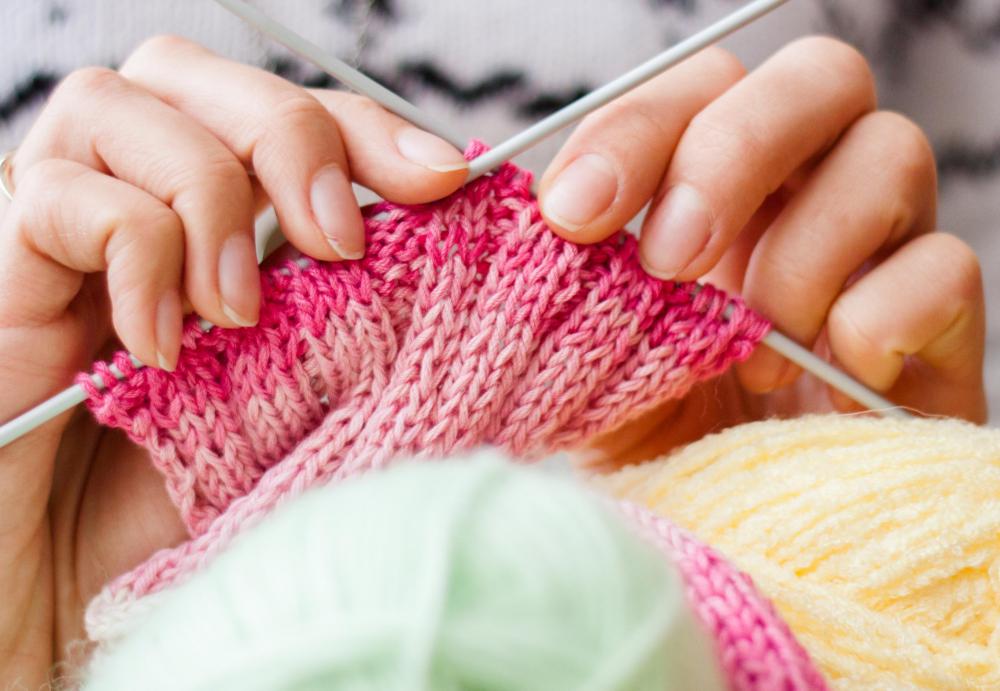At WiseGEEK, we're committed to delivering accurate, trustworthy information. Our expert-authored content is rigorously fact-checked and sourced from credible authorities. Discover how we uphold the highest standards in providing you with reliable knowledge.
How do I Choose the Best Mohair Yarn?
Mohair yarn is a luxury fiber spun from the locks of Angora goats. As with most types of yarn, choosing the best mohair to use often depends on what kind of project will be made with the yarn. Since mohair is often found in a blend with other fibers, it is important to consider what other fibers are present in the blend and how this affects the texture of the yarn. It may also be necessary for the knitter to consider weight, or strand thickness, of the yarn, particularly if she is knitting a fitted garment. In general, the best mohair yarn will be soft and downy, with no felted pieces or stickiness.
Many knitters who are not allergic to other types of animal fiber find that they have an allergy to mohair yarn. Itching and redness of the skin are common symptoms of a mohair allergy. For a knitter who has never used mohair fiber before, it is a good idea to do a test swatch to see if an allergic reaction occurs. It is also wise for a knitter to determine if the recipient of a knitted gift is allergic to mohair.

On its own, mohair has a very light, fluffy texture, so it is often spun together with other fibers to form a blend. Blends that feature mainly wool content are heavy and durable, with less of the fuzzy halo characteristic of mohair fiber. These blends are versatile and can be used for any number of knit projects for cold weather wear, from gloves to sweaters. Mohair may also be spun around a single ply of synthetic fiber such as nylon, which holds the mohair yarn together. This type of blend has a great deal of halo but can stretch out of shape more easily than a wool/mohair blend, so it would be a good choice for a project that shows off the airy, fuzzy texture of mohair yarn while lacking definitive shape, such as a loosely knit lace scarf or shawl.

As with any other type of fiber, yarn weight is an important consideration when choosing a mohair yarn. Most patterns contain information about what yarn weight is necessary for obtaining the prescribed knitting gauge, or number of stitches per inch. Many projects that show off the downy halo of mohair are lace projects that call for a lace or fingering weight yarn knit loosely on relatively large needles. However, mohair yarn can be any weight, and a knitter should choose a yarn weight that helps her match whatever gauge is specified by her pattern.

Unlike most other types of animal fiber, mohair does not felt when exposed to extreme temperatures or when agitated. If a knitter wishes to make a felted project, it is probably best for her to choose a mohair yarn with a lot of wool content, or to forgo using mohair altogether. Another unique property of mohair is that it absorbs dye very well, meaning that mohair yarns are usually available in a wide range of rich colors. The best mohair yarns will be evenly dyed, as any signs of uneven dyeing are probably due to improper dyeing practices.
AS FEATURED ON:
AS FEATURED ON:















Discuss this Article
Post your comments